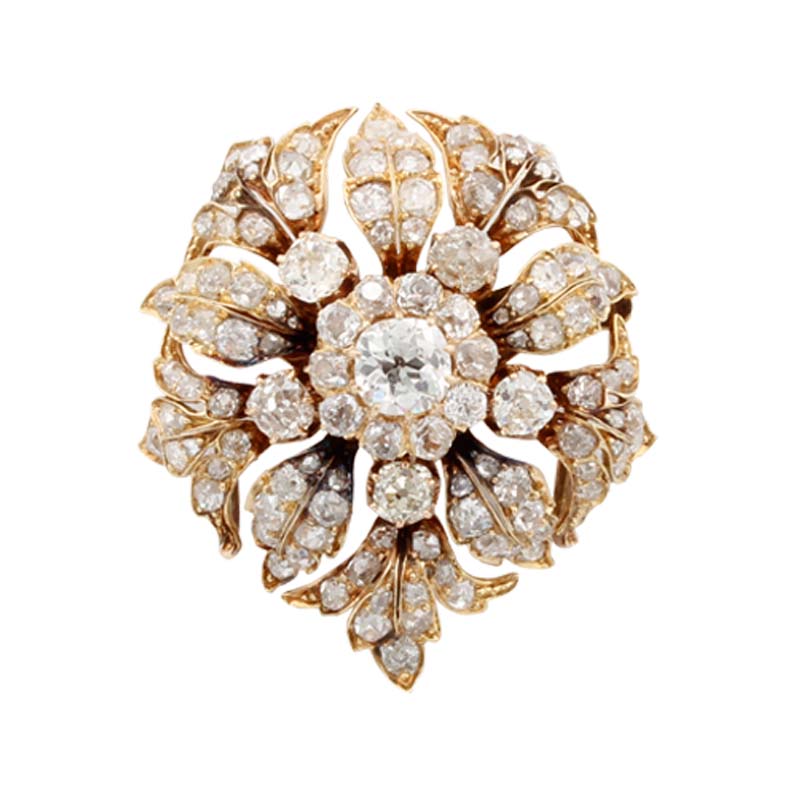Prior to 1930, there was a wide variety in uses of the term “antique” between American, European, Asian and African traders.
In the early 1900’s, an American could call a 1860’s civil war gun an antique while a European referred to 1500 year old Roman coins as antique…
The 1930 US Tariff Act (Smoot-Hawley Tariff Act) determined 1830 was the year that mass production was introduced, hence “antique” was defined as an item manufactured at least 100 years prior to the signing of the legislation. Since then, most industries use the word “antique” exclusively for items 100 years of age or older.
The wine industry is generally recognized for introducing “vintage” into the modern day vernacular. A vintage wine is generally viewed as “an (extraordinary) yield or crop from a specific harvest or year.” The term has been adopted by many industries and can refer to “a specific year, or the characteristics of a certain year or design era.” While the term is increasingly used for more descriptive, merchandising and marketing purposes, many professionals will use the term to describe a collectible item 20 to 30 years of age or older.
What is your understanding of the use of “antique” versus “vintage”?
http://en.wikipedia.org/wiki/Antique
http://en.wiktionary.org/wiki/vintage#Adjective
